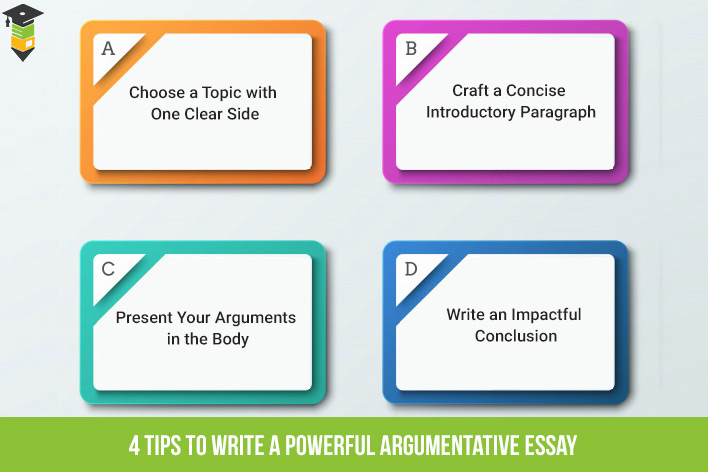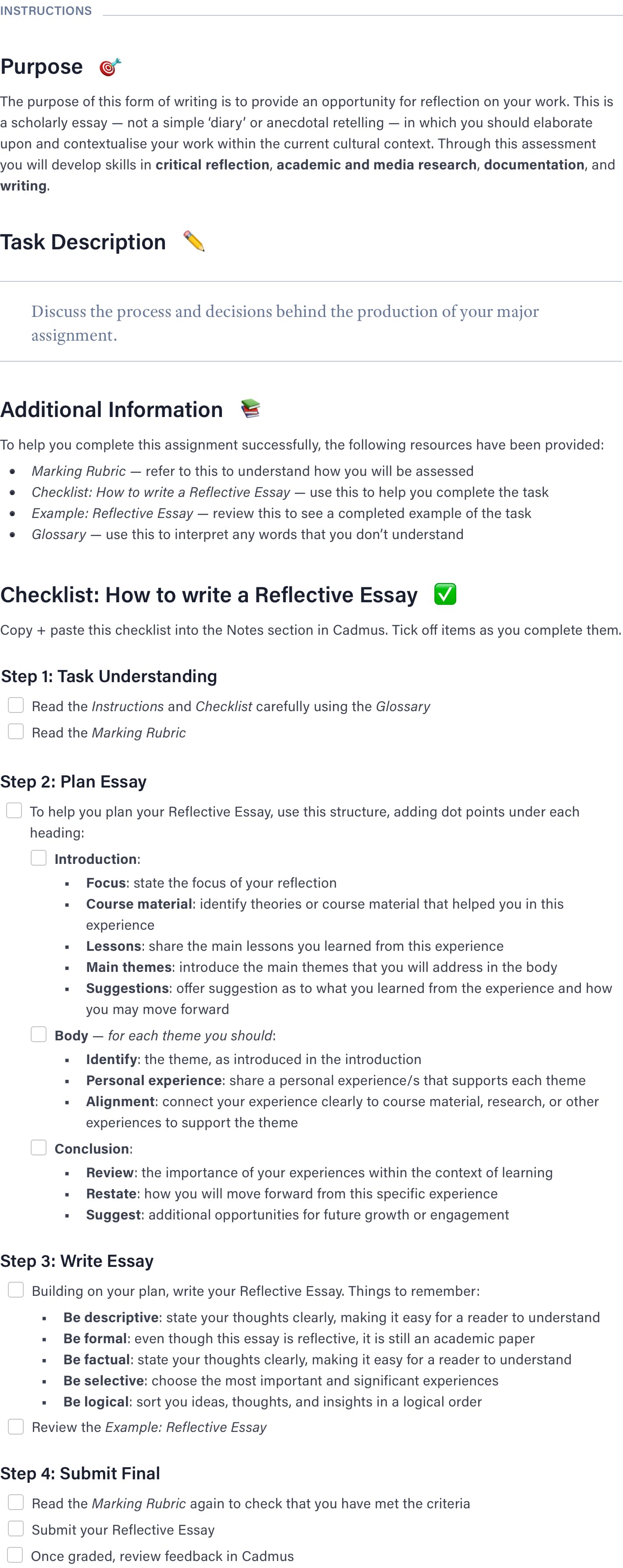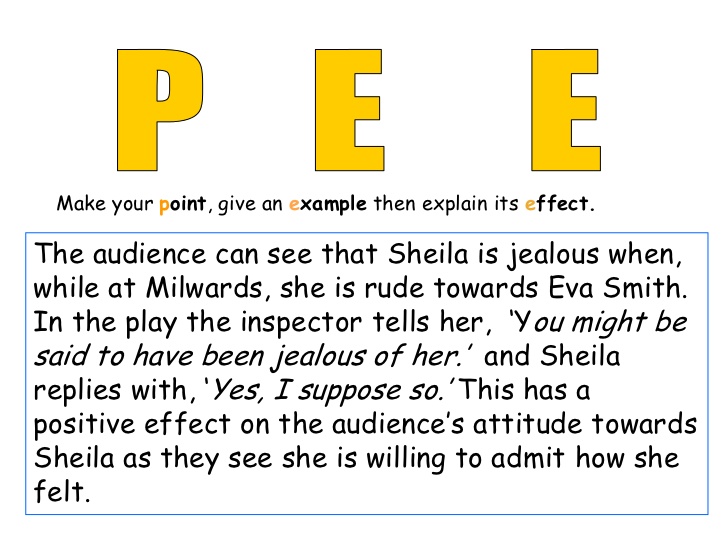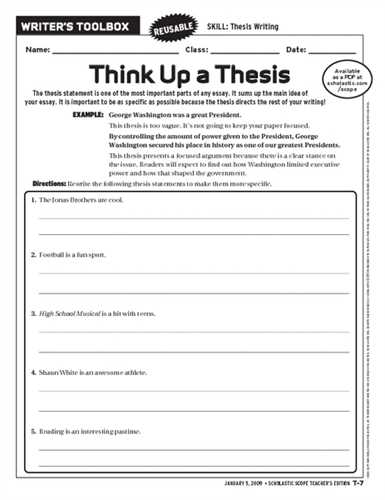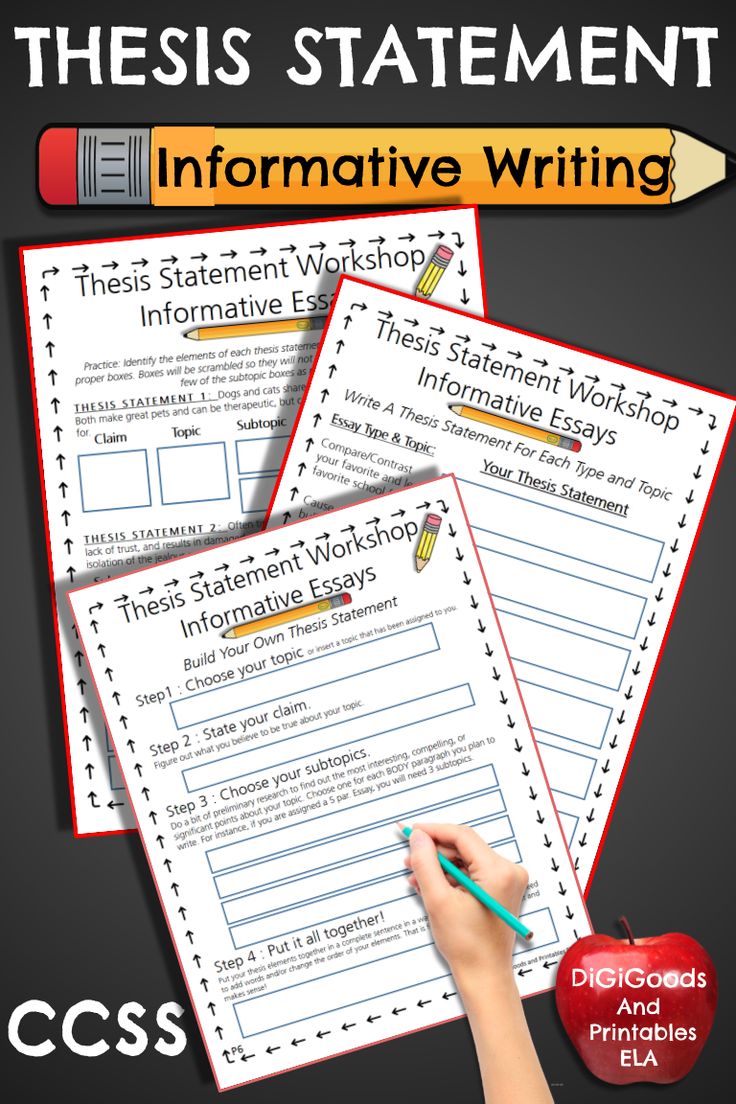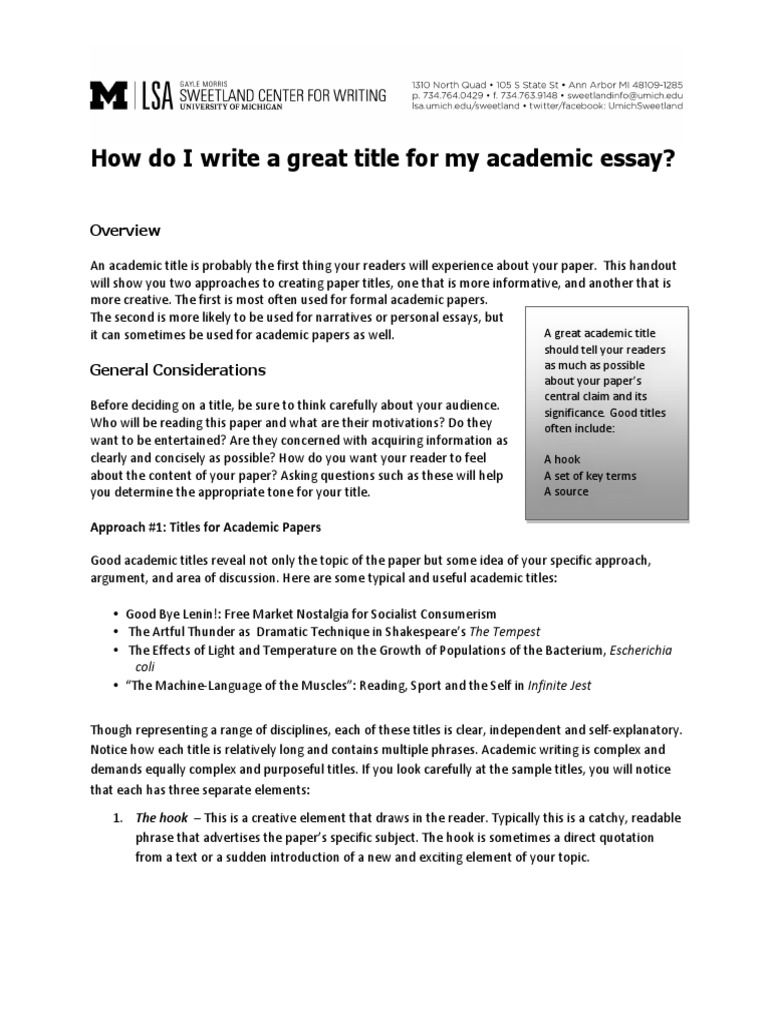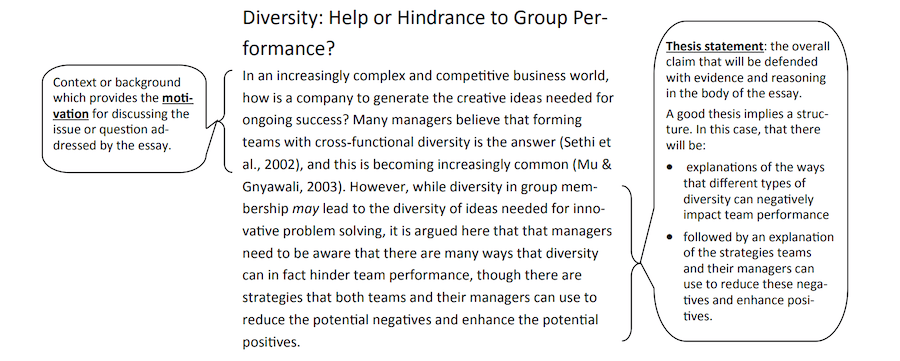How to Write a History Essay
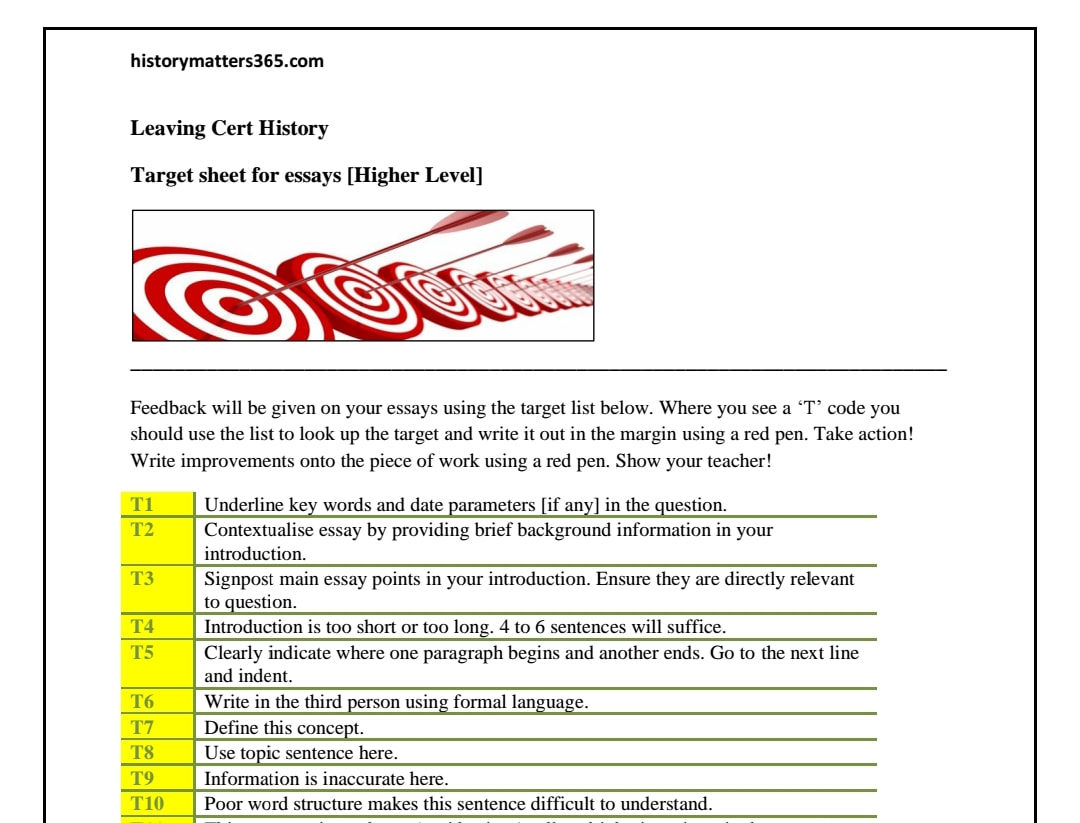
There are several key points to consider when writing a history essay. The first thing to remember is that historical research involves a great deal of resources. There are countless books, newspapers, and periodicals that contain information about history. As a writer, you need to use multiple resources to find the right information. Using multiple sources allows you to compare and contrast different points of view. Primary sources are the original source of information, while secondary sources supplement the primary one.
Start with a vignette
A vignette is a story within a story, without the traditional plot of a traditional story. It uses sensory detail, visual language, and descriptions to create a vivid picture. Think of it as zooming in on a micro-level view of a story. You’re aiming to appeal to the reader’s senses as you paint the story. But, how do you create a story that makes the reader want to know more?
Vignettes can be either real-life events or abstract observations. Writers can use vignettes to capture the feeling and experience of someone or something, such as a landmark event in history. Then, in the next paragraph, they can expand upon this detail and create a more compelling story. While you’re at it, write down as many details as possible, focusing on sensory details.
Include primary and secondary sources
When writing about history, it is important to include both primary and secondary sources. Primary sources are the original documents that tell the story, while secondary sources analyze and comment on these documents. Secondary sources are usually published years or decades after the original events took place. Scholars often use secondary sources to explain historical events, as they are much more objective than primary sources. Secondary sources may include books, articles, encyclopedias, and most websites.
Primary sources are produced by participants or by those who witnessed events. These materials allow historians to see history from the eyes of those who were there. Some examples of primary sources include letters, memoirs, diaries, church records, newspaper articles, and government documents of all types. Government documents can include criminal court records, tax lists, parliamentary debates, and census data. Primary sources can help substantiate your arguments in history essays and make your subject matter more interesting.
Make a good argument
Making a good argument is critical to the success of your history essay. The argument must convey a compelling central thesis and be supported by a variety of evidence. Historians have compared the craft of writing history to putting together a case in front of a jury. While quotes may be persuasive, they don’t mean anything without evidence. To make your argument compelling, you should present the facts in a systematic, persuasive way. As a historian, you should also be familiar with bibliography-creating and footnote-writing. Both are necessary for scholarly writing.
Despite this, students should always remember that essays are rational dialogues. As such, they should treat their opponents fairly. Choose challenging examples and characterise them fairly. They shouldn’t engage in personal insults or use weak examples, which undermines the essay. Also, remember that the purpose of the essay is to present a perspective on the past, not to make a case for the present.
Avoid popular history
While the rules for A2 papers stipulate that students should be familiar with the main interpretations of historians, it is best to stay away from popular history. Students who attempt to make their history essay as original as possible should avoid generalisations or ignoring the past. Students should also avoid thinking that they need a set of historians’ opinions to prove their points. Students often use generalisations to back up their arguments, but this tactic is circular and assumes that historians are infallible and omniscient.
It is imperative to do your research thoroughly and resourcefully when writing history. History is a complex field, and the information you seek will come from a variety of sources. When writing history essays, you need to use the right information from these sources and then compare it to other evidence. Primary sources contain the most original information, while secondary sources provide background information and are supplementary to primary sources. For instance, if you are writing an essay about the American Revolution, avoid using popular history sources.

